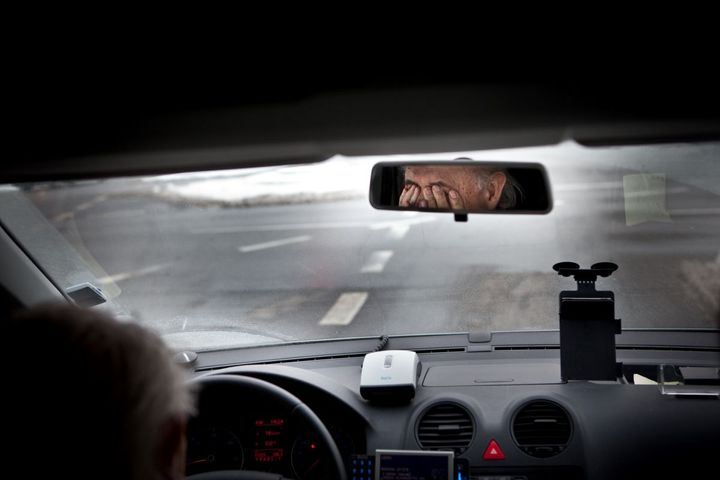Photo: unsplash.com/Johan Funke
In 2019, 697 people died due to drowsy driving. New technologies can help fight the problem.
A recent analysis finds that M.Brain, a driver monitoring system that uses brain waves, can reduce drowsiness and inattentive driving by up to one-third, according to Hyundai Mobis, the developer of the technology.
Hyundai Mobis teamed up with the Gyeonggi Research Institute to conduct a year-long pilot project on the practical effects of M.Brain, which was applied on drivers on Gyeonggi-do public buses.
M.Brain is a technology that grasps the driver’s condition in real time by monitoring the brain waves around the ears through a pair of earsets worn by the user. When a driver becomes inattentive, M.Brain uses visual, sound, and haptic alerts to help the driver recover his or her attention.
The findings were significant. Drivers who put on M.Brain showed higher concentration levels and were less exposed to the dangers of being inattentive.
Specifically, using M.Brain, drivers cut down on their inattentiveness by up to 30% after meals, which is when drowsiness is most frequent. Inattentiveness leads to dangerous situations in which the driver falls asleep or cannot keep his or her eyes on the road ahead. M.Brain reduced inattentive driving by about 20% on highways where drowsy driving could result in a deadly collision.
In addition, M.Brain can help drivers recover and look ahead quickly even when they doze off or lose focus. The technology detects inattentive driving in real time and alerts the driver through seat vibrations or warning sounds.
The research showed that using M.Brain attention can be restored in 2.3 seconds maximum — that’s approximately three times faster than the 6.7 seconds it typically takes without the technology.
Drowsy driving was responsible for 697 lost lives in the U.S. in 2019 alone, according to the National Highway Traffic Safety Administration.
Source: https://www.automotive-fleet.com





